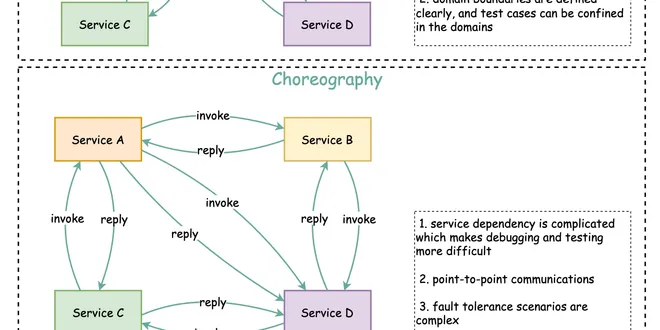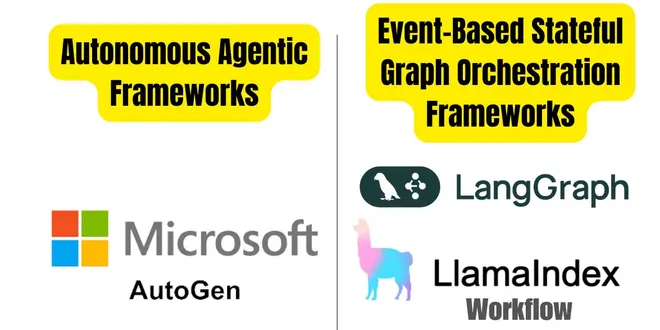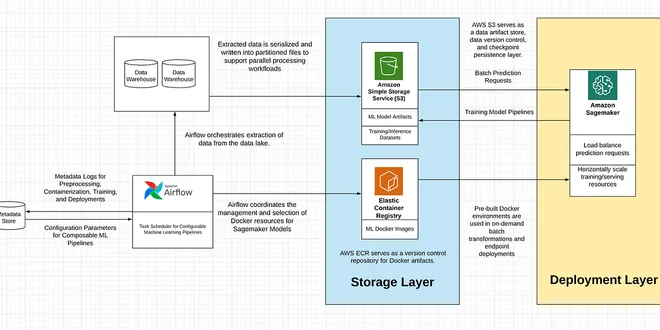Orchestration
Orchestration refers to the coordination and management of multiple components or services to work together seamlessly, much like a conductor leading an orchestra. In the context of technology, particularly in microservices and AI systems, orchestration involves defining workflows, interactions, and decision-making hierarchies among various services or agents. This ensures that they collaborate effectively to achieve complex goals. By managing the flow of information and tasks, orchestration enhances efficiency, reduces errors, and enables the integration of specialized functions, ultimately leading to more robust and reliable systems. Understanding orchestration is crucial for optimizing modern software architectures and AI applications.

The What, Why, And When of Data Orchestration
When most people hear the word orchestration, they envision an orchestra playing a symphony. At the front of every orchestra stands a conductor with his waving arms who prompts all the instruments in…...
📚 Read more at Analytics Vidhya🔎 Find similar documents

Orchestration and choreography
How do microservices collaborate and interact with each other? There are two ways: orchestration and choreography The diagram below illustrates the collaboration of microservices. Choreography is like...
📚 Read more at ByteByteGo Newsletter🔎 Find similar documents

Multi-Agent Systems: Exploring Agent Orchestration
Discover how common orchestration patterns can help create robust and reliable AI agents Photo by Kazuo ota on Unsplash Introduction When we use AI in our daily life, we often follow the “one-prompt ...
📚 Read more at Towards AI🔎 Find similar documents

Microservice Orchestration vs. Choreography
How event-driven architecture helps decouple your app Continue reading on Better Programming
📚 Read more at Better Programming🔎 Find similar documents

Data Pipeline Orchestration
DataOps teams use Data Pipeline Orchestration as a solution to centralize administration and oversight of end-to-end data pipelines. It is important to manage data pipelines right as it affects…
📚 Read more at Towards Data Science🔎 Find similar documents

The Tools Landscape for LLM Pipelines Orchestration (Part 1)
Micro-orchestration VS Macro-orchestration
📚 Read more at The AiEdge Newsletter🔎 Find similar documents

The Tools Landscape for LLM Pipelines Orchestration (Part 2)
Autonomous Agentic Frameworks
📚 Read more at The AiEdge Newsletter🔎 Find similar documents

Workflow Orchestration vs. Data Orchestration — Are Those Different?
Workflow Orchestration vs. Data Orchestration — Are Those Different? Let’s disambiguate the terms to understand workflow orchestration better — with a real-life analogy! Photo by Artem Podrez from Pe...
📚 Read more at Towards Data Science🔎 Find similar documents

Making an Orchestrator From Scratch With Rust
Building a way to handle queries and searches in multiple servers while also being able to turn the servers on In the context of microservices, an orchestrator is the brain of the system, which distr...
📚 Read more at Better Programming🔎 Find similar documents

Microservices Orchestration Best Practices and Tools
(credits: thedigitaltransformationpeople) Software Architecture Patterns Optimizing microservices communication and coordination through orchestration pattern with an example in C Welcome to the excit...
📚 Read more at Level Up Coding🔎 Find similar documents

What Should a Data Orchestration Tool Do
One of the battles in the data domain is data orchestration and what’s the best tool for it. You hear about tool X and how it is dead, doomed to be replaced by this new open source tooling. Or you hea...
📚 Read more at Better Programming🔎 Find similar documents

Designing ML Orchestration Systems for Startups
This article covers the journey of architecture design, technical tradeoffs, implementation details, and lessons learned as a case study on designing a machine learning orchestration platform for…
📚 Read more at Towards Data Science🔎 Find similar documents

